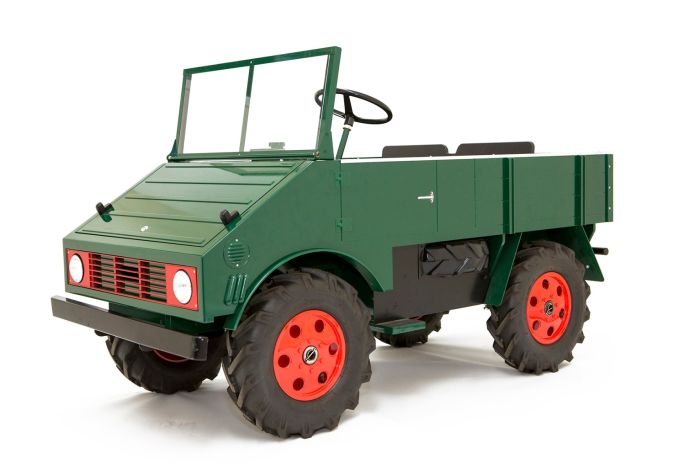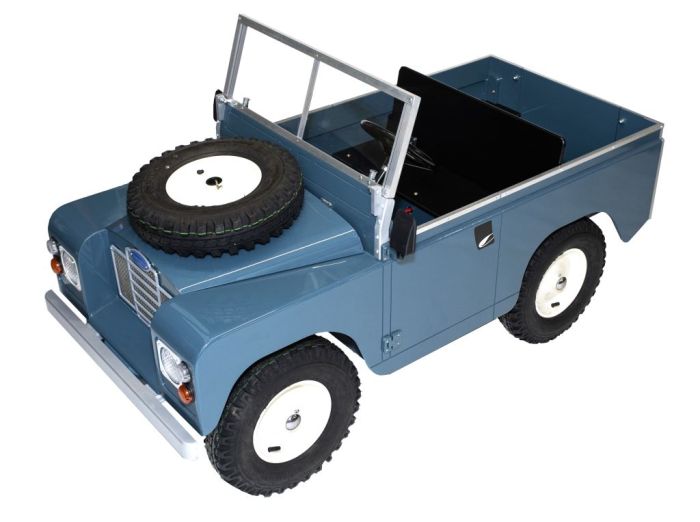Top Tips To Selecting Ride On Toys
Wiki Article
What Safety Features On The Ride-On Car Should I Take Into Consideration? Pros And Pros And
The safety features of a child's ride-on car are vital to their enjoyment. Here are some safety features that you should think about.
Seat belts can help keep your child secure when riding on the vehicle. This decreases the chance of them falling down or being ejected from the vehicle while playing. They also provide an additional layer of protection, particularly during turns or sudden stops.
Cons - Certain rides on cars may not have seat belts. This is especially applicable to those designed specifically for children. Kids may also find seat belts to restrict or uncomfortable which can cause them to reject or refuse to use them.
Sturdy Construction
Pros - A ride-on that has an extremely solid structure and top-quality materials is strong and durable, and will provide safety and security for a long time. It's sturdy and durable enough to withstand playtime.
Cons - The cost of a durable structure could be costly, making them unaffordable to many families. In addition, heavier materials can hinder the mobility and portability of the ride-on automobile.
Low Center of Gravity
Ride-on cars with an extremely low center of gravity are less likely to topple, which can decrease the chance of injuries and accidents. They are more stable and balanced, especially when turning or doing actions.
Cons - Some cars with low centers of gravity can hinder their off-road capabilities or ground clearance. This limits their versatility in certain conditions.
Remote control for parents
Pros - Remotely controlled ride-on vehicles permit parents to monitor and support their children's play, providing an added security and control. Parents are able to intervene in the case of emergency, navigate difficult terrain or even avoid collisions.
Cons - Remote parental control can hinder a child's independence in their independence, freedom and play as they will rely on the guidance and help of their parents when they play. In addition, models which can be controlled remotely can be more costly than those that have manual controls.
Speed Limiters
Pros: Ride-ons with speed limits or adjustable settings for speed allow parents control the maximum speed of their vehicle to reduce collisions and accidents. They may gradually increase the speed of the vehicle as a child gains confidence and skill.
Cons - Some children might grow out of the lower speed settings quickly, causing frustration or discontent with the ride-on vehicle. Some models may not have speed limiters, or require other options or features.
Safe Start Technology -
Pros - The ride-on vehicle is designed to begin and stop without a hitch. It minimizes the risk that the child might be scared or become unstable. It gives a more relaxed and safer riding experience.
Cons - Models with the safe start feature might cost more than models without. In addition, some kids may find the gradual acceleration and deceleration less exciting or engaging than immediate starts and stops.
Visibility Enhancements
Pros- Ride-on-cars with enhanced visibility features like working headlights (or taillights) reflective material or other options increase visibility. This helps in dimly lit or dim conditions. The cars are visible, which increases safety.
Cons - The greater visibility could lead to the battery draining faster, or add the level of complexity. This can increase the chance of problems or maintenance.
When you consider these safety features and considering their pros and cons you can choose a ride-on car that prioritizes your child's safety and provides a fun and enjoyable play experience. View the recommended Audi ride on car for more info including childs car toy, childs ride on car, pedal car, remote control childrens car, cars pedal car, ride a toy, kids electric cars, electric two seater cars, pedal car, ride electric car and more. .

How Do You Keep And Put Together A Child's Ride-On Vehicle?
To ensure optimal efficiency, safety, and long-term durability kids' ride-on vehicles require some assembly. These are some of the most common maintenance and assembly requirements for children's rides-on vehicles.
Most ride-on vehicles are assembled, and will require assembly. This typically involves attaching components such as the wheels and steering wheel, seats, and other accessories according to the instructions of the manufacturer.
Assemble the components according to the instructions. Utilize the tools and equipment to complete the assembly.
Cleaning –
Regularly cleaning is vital for keeping the ride-on vehicle running at its peak and performing properly. Use a soft sponge, or cloth that has been dampened with water and mild soap to clean the exterior surfaces.
Be mindful of places that are prone to accumulation including the wheels, tires, and undercarriage. Use a toothbrush or a brush to get rid of grime from difficult-to-access areas.
Utilizing harsh chemicals, abrasive cleaners or high-pressure water sprays can damage the paint or electronic components of the ride-on vehicles.
Battery Care -
The battery of the ride-on car needs to be taken care of in a timely manner to ensure that it performs efficiently and lasts for the longest possible time. Use these battery care guidelines for proper care of your battery
The battery must be fully charged prior to use and every time to extend the runtime.
Avoid overcharging and leaving the battery connected with the charger for long periods of time. This could damage the battery and decrease its lifespan.
Keep the ride-on vehicle and battery in a cool, dry place when not in use, away from direct sunlight or extreme temperatures.
Examine the battery terminals regularly to see if they are damaged or corroded. Clean them if needed by using a wirebrush or terminal cleaner.
Replace the battery if it no longer holds any charge or displays indications of deterioration or damage.
Tire Maintenance -
Inspect the tires frequently to find any indications such as wear, damage, or loss of pressure. As needed, utilize a bicycle air compressor or an air compressor to inflate tires to the appropriate pressure.
Look for debris and foreign objects within the tread pattern that could cause punctures. Removal of obstructions and replacement of damaged tires or repairing them as needed.
Lubricate wheel bearings and axles frequently to decrease friction and ensure smooth rotation.
Sometimes, repairs or replacements are needed
Despite regular maintenance, cars that ride on might require periodic repairs or replacement of parts due to wear and wear or accidental damage.
Watch for signs of malfunction, like unusual noises, a decrease in power, or an unsteady performance. Check the instructions of the manufacturer or contact Customer Support for assistance in troubleshooting.
Replace worn or damaged components immediately to avoid any further damage and ensure the safety of your ride on the vehicle.
These assembly and maintenance instructions can help keep your child's vehicle in good shape and allow them to have a safe and fun playtime. Read the top rated JCB ride on toys for more info including toy in car, toy ride, toy car for car, ride a toy, ride ons, toy the car, 2 seater electric cars, electric toy car, toy car, childrens ride on and more. .

What Is The Best Remote Control Car For Kids? What Are Their Advantages And Disadvantages?
Remote control kids' cars are also referred to as remote controlled cars or RCs. They are available in a wide variety of designs, prices, and sizes to suit any budget and taste. Here's a breakdown of the pros and cons, and the sizes of remote controlled car types.
Electric RC Cars – These are remote-controlled, battery-powered cars that can be used both indoors and out. They come in a variety of styles like buggies, trucks and sports cars.
Nitro RC Cars – Gas-powered remote controlled cars with higher performance and speeds, but greater maintenance and knowledge is required in order to operate. Electric RC cars are less bulky and less expensive.
Scale Models can be controlled remotely that include cars, trucks and airplanes. Model sizes vary between 1-10 and 1--24. Larger models have more quality and greater real-world realism.
Sizes -
The sizes of remote-controlled vehicles for kids range from small micro-sized models to larger-scale versions. The size of the car can affect the performance of a car in terms of speed, as well as its handling capabilities.
Micro-sized cars are small and lightweight, making them perfect for indoor use and play by young children. Cars with bigger sizes are more powerful, durable and are therefore ideal for off-road and outdoor racing.
Prices
The price of a car with remote controls for children varies depending on its size of the vehicle, its features, manufacturer and build-quality.
Micro-sized electric RC cars can range from $20 to $100 The larger-scale nitro and electric cars can range between $100 and $500 or more.
Scale models, high-end hobby RCs range between several hundred dollars to more than $1,000 based on the quality of the model and the performance.
Pros and Cons
Pros -
Entertainment - Children's remote controlled automobiles can bring hours of entertainment and excitement for both children and adults.
Skill Development The operation of an RC vehicle assists children in developing hand-eye coordination, spatial awareness and problem-solving skills.
Social Interaction. You can go on RC vehicles with your loved ones and family, which promotes social interaction.
Customization – Many RC cars can be customized using aftermarket upgrades, parts and accessories that enhance the performance and appearance.
Cons -
Cost - Remote control cars designed for children, particularly those with high-end features and model that are hobby-grade can be quite expensive.
Learning Curve: Operating an RC vehicle requires a lot of practice and skill, and even younger youngsters may be unable to master the controls at first.
Maintenance - Regular maintenance is required for cars with RC engines including cleaning, lubrication and repairs.
Safety Risks RC cars pose safety hazards like falls, collisions and electrical hazards when they're not used under supervision of an adult and care.
Overall, remote control children's cars provide an exciting as well as educational experience for kids of all ages, however it is important to take into consideration things like the size, price, features, and safety when choosing the right model for your child. Hobby-grade RC cars are appropriate for older children and enthusiasts, while simpler models are ideal for younger youngsters and those who are just beginning. Check out the most popular Audi ride on car kidscars.co.uk info for blog recommendations including two seater electric cars, ride on digger, 2 seater electric cars, toy toy cars, childs electric ride on car, kiddies cars, cars pedal car, car on ride, electric ride on cars, toy ride and more. .
